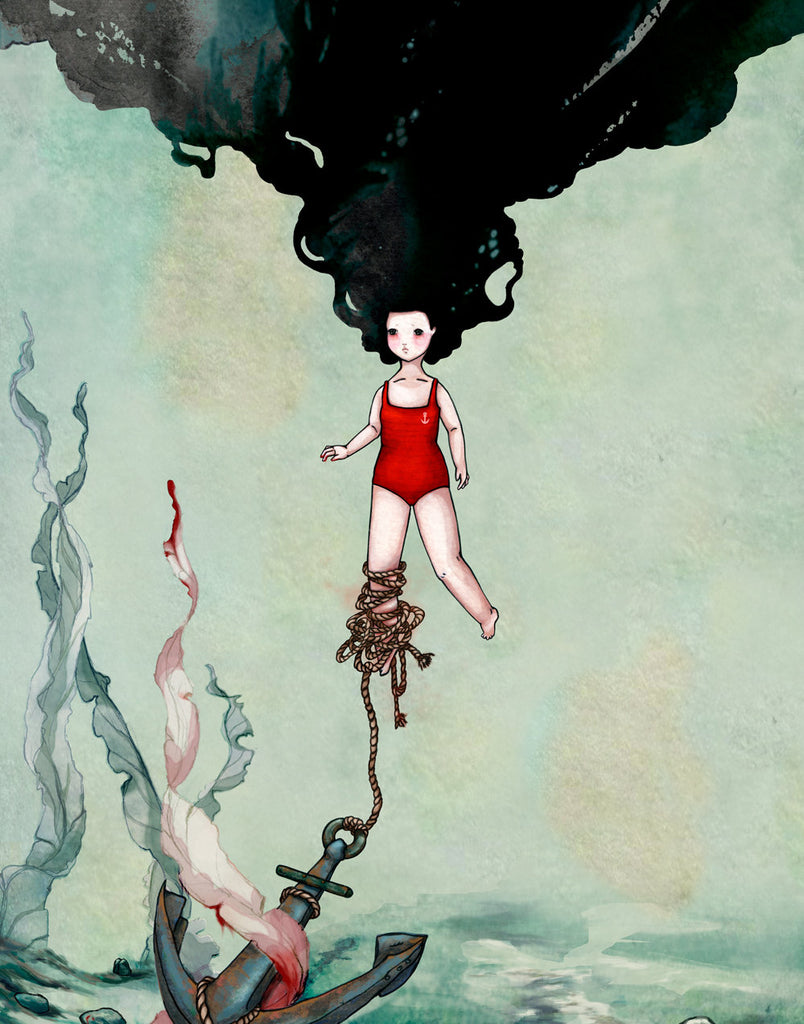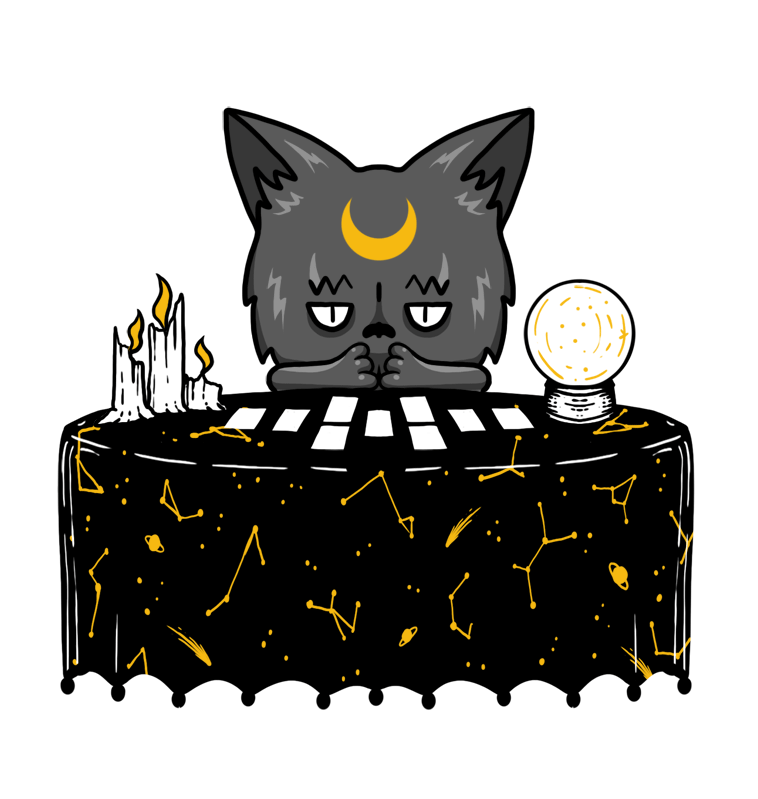More Reasons Why We Use AI
We wrote why we consider Artificial Intelligence as the superior tool for photography earlier. That is part of our motivation for using AI but there are many more strong reasons for making this choice and we’ll explore the main ones below.
We Deeply Enjoy It
We haven’t received much criticism specifically on enjoying using AI but it’s worth mentioning that we are enjoying using AI tremendously. We would be using the latest AI technologies anyway, in work and personal life, regardless of any financial benefit.
Like we mentioned in our first post, we have been waiting for this moment for 20+ years. Daydreaming for decades. As highly creative personalities we thrive in the amazing capabilities of new creative tools like AI.
We made the same transition with digital art. We still remember vividly when digital art was not considered “real” because there was no physical product, no brush and paint. There was massive pushback back then and we didn’t agree with it, much like we don’t agree with pushback against AI. Eloise has fine art background and she still loves pencil and paper but she embraced Photoshop immediately and our first business was selling prints of her digital art in the early 2000s.

"Pray the Anchor Stays Heavy" by Eloise
Fun fact, Michael “learned” to use Photoshop from a book, sometime in the mid 90s, while not having a computer that could actually run Photoshop. It was many years later that he actually used the software IRL on university campus computers. Our lives are full of examples like this, seeing new technologies and revelling in the new capabilities before they are mainstream.
We enjoy using AI, there’s no account for taste and all personal preferences are ok in our book. Nothing controversial here but worth noting how deep our personal drive towards AI is.
If you want something done right, do it yourself
The two of us enjoy doing every creative task on our own. We worked solo for many years before we just had to hire a single person to help us deal with the number of orders, many, many years ago. We like creating in our style and to our standard, for better or worse.
When we started designing 3D printed jewellery back in 2011, we explicitly knew that we will not need to work with any jewellers and we loved that. We would just hire some printing time on industrial 3D printers run by Shapeways. We would have full control of the design and production process, only limited by the technical limitations of the 3D printer we chose. We loved that! We are creators, makers, tinkerers, we live for the creative process and love doing it ourselves.
It’s a lot of fun to plan photoshoots, find a model and photographer, decide every detail, gather props, and bring everyone and everything together to achieve your vision. In every step of the way you will have to make compromises according to budget, time, and most importantly geographic proximity of the photographer and model. We explain some of this in our previous post on the practicalities of fashion shoots.
With AI generated photoshoots, we are only making small compromises due to limitations of the technology, which are being lifted extremely fast due to the pace of progress (there will be no limitations soon, we wrote about AI photography here). We can meticulously plan every aspect of the photoshoot, from the location, to the model, the makeup, the props and the lighting. We can build our dream photoshoot brief and make 100 photo iterations until we are happy with the result.
Many people seem to have the wrong perception that AI does all the work and human creativity dies in the face of technology but we are experiencing the exact opposite: our creativity is being unleashed as if we have the resources and creative team of a major corporation like Nike or Prada while our creative team is only 3 people. This is incredibly empowering and enjoyable for our creative minds.
We love that technology enables us to do everything on our own and it’s not different from using other digital technologies and 3D printing to retain full creative control.
Increase Adoption and Improve Public Perception
When we started using 3D printing, part of our motivation was to increase adoption and acceptance of the technology. Convincing people to wear 3D prints on their hands all day long is amazing marketing for the technology! Likewise we aim for acceptance and adoption for Artificial Intelligence technologies. All this negative pushback against AI is convincing us that we should redouble our efforts to change public perception.
We will aim to have the best photoshoots, creatively and technically, we will use AI to the fullest and show that it can be valuable for our customers. We will prove that using AI can create a superior shopping experience. We are very early adopters so we have to deal with wonky pre-alpha AI tools and bad public perception. But we are sure both of these will improve, along with our skills.
We will do our part for AI adoption by striving for creative excellence and sharing our thoughts publicly. 🫡
Doesn’t Harm Anyone
We can see the widespread opinion that using AI is harmful to others, one way or another. Most of the arguments revolve around “harm by inaction” as in “you are harming photographers and models by not working with them”. This is a massive subject that will take time to cover fully but we can dip our toes into the ethics discussion of the creative process.
Is it harmful to shoemakers when we buy factory made shoes?
Is it harmful to seamsters when we buy factory made clothes?
Is it harmful to painters when we buy digital art?
Is it harmful to fashion models when we shoot clothes on a mannequin or on ourselves?
Is it harmful to photographers when we use the camera ourselves?
Is it harmful to jewellers when we 3D print our jewellery?
So, if we're saying "yes" across the board to those questions, what's our plan for society, exactly? And if we're picking and choosing where to say "yes," what's up with the cherry-picking?
There’s a fundamental issue with the premise that there is a “right” way for each of us to allocate our time, energy, labour, and resources. We cannot demand of a each other to create and consume in a specific way. We all instead should be allowed to find our own way of generating value for society and discover if this value will be worthy enough for someone to consume it, i.e. spend their hard earned money on it.
The Bottom Line
We have many personal and fundamental reasons to use AI tools and we will keep using them. This is our choice to make and customers can choose to like and buy our products or not, like any other product.
It’s perfectly fine if you want to only wear hand made shoes and clothes, if you only want to buy products with camera photoshoots, if you only want to wear jewellery hand made by a jeweller. It’s also perfectly fine that the vast majority of people choose to benefit from technology and prefer the convenience and lower cost of modern production methods.
Artificial Intelligence is just the latest modern production method and we are confident this will become clearer to everyone in the very near future.
With love and optimism,
Michael and Eloise
Founders and Directors of Rogue + Wolf
P.S. Would like to pre-empt the comments of “AI harms because AI is theft” by saying that we don’t agree with this statement on technical and moral reasons and of course there will be a future post about this topic.










I Never post on stuff like this but after I saw your range, greatly suspected AI, and had a growing concern the prints were AI developed as well, I did some digging and found this post. I can tell by the tone you won’t be swayed but I will engage with the thought experiment you have here:
Is it harmful to shoemakers when we buy factory made shoes?
-all shoes are made by shoemakers, just some are paid barely any money for their skilled work and/or parts of the shoe making process are assisted by machines. They are cheaper because they pay their workers next to nothing. Both are harmed in this hypothetical, one by losing work and the other just barely surviving as their wages have been driven down for American (and other countries) profit as well as unsafe working conditions causing injury or death.
Is it harmful to seamsters when we buy factory made clothes?
-all clothing is made by seamsters, just some are paid barely any money for their skilled work and/or parts of the clothing production process are assisted by machines. They are cheaper because they pay their workers next to nothing. Both are harmed in this hypothetical, one by losing work and the other just barely surviving as their wages have been driven down for American (and other countries) profit as well as unsafe working conditions causing injury or death.
Is it harmful to painters when we buy digital art?
-Both are artists creating art, a painter can offer a physical canvas or wooden board with or without a frame whereas a digital artist can offer physical prints and/or high resolution files for the buyer’s personal use. While the format of how the goods are given to the commissioner, the principle is the same and the comparison is strange unless “digital art” means inherently AI art. If the majority of a commissioner population changes to purchasing entirely from AI art curators, then it does have potential to harm as one can mass produce permutations of machine learning made images compared to the slower traditional art (including photoshop painting + compositing in this) process. In this hypothetical, both are harmed via competition with machine learning.
Is it harmful to fashion models when we shoot clothes on a mannequin or on ourselves?
-The mannequin or maker are good substitutes to professional models if you cannot afford to hire them or if none are available, however you cannot demonstrate a true variety of body types, skin types, hair types, heights, weights, etc if you do not hire models or at the least get your friends. The difference is fashion models know what clothes compliment them as well as effortlessly getting into different poses due to their experience. This isn’t harmful to fashion models, but customers greatly benefit from a wide variety of models that are featured in a clothing line + are more likely to purchase a product if they see themselves represented. If machine learning generated fictional human images replace many gigs a typical model could have filled, then yes that would harm models.
Is it harmful to photographers when we use the camera ourselves?
-If you use a camera enough, have the tools to make nice quality lighting setups, you’re a photographer. A professional photographer often has a lot of specialized expensive equipment they can use compared to the average photographer. They may also have access to more expensive lenses that can increase visual quality for product photos, you can buy them yourself but it would take a lot of money and time to train yourself to use them. If, as you propose, machine learning generated images replace live photography for products, then the entire image is different. If this was adopted on a large scale, then yes it would harm anyone who would have wanted/would have been paid to use a camera, I guess.
Is it harmful to jewellers when we 3D print our jewellery?
3D printed jewellery is entirely different than metal worked jewellery. One is plastic, epoxy, or resin, often derived from 3d modeling, the other is sculpting and casting. Metal is more durable than PTE, PLA, or ABS and still a bit stronger than epoxy. They are very different materials that lend to different styles, both with work involved and different pricing that reflects the time involved + cost of materials. I don’t understand the conflict presented here.
“the vast majority of people choose to benefit from technology and prefer the convenience and lower cost of modern production methods.”
The vast majority of people on earth are starving, living under the poverty line, working check to check. For many people, its what they need, not what they want. A lot of people would love high quality long lasting goods they only need to buy once every 5-10 years made by people who have a living wage. But they can’t. Advertising drives higher consumption habits that push people who actually can afford the more ethical/slower fashion options towards things that are easy. It’s a looping problem of product desire to fill emotional voids in a world where you don’t know how to pay rent next but you need a little something to make you feel better. AI is part of this cycle. It’s a shame as I did like some of your designs but I won’t be purchasing from a business that doubles down this hard with shoddy arguments.
“Would like to pre-empt the comments of “AI harms because AI is theft” by saying that we don’t agree with this statement on technical and moral reasons.” No, you don’t get to. These postings blatantly ignoring that current AI databases are purely stolen sweat and tears of other artists is disingenuous and disappointing. Unless you are provably and exclusively using an AI that pulls exclusively from images your company has taken yourself and has the rights to, you are boldly and uncaringly profiting off of stolen work. I was an avid fan of your products, especially my cute little cauldron mug that delights me on a daily basis, but I cannot in good conscience ever buy another Rogue + Wolf product as this stands.
Oh my GOD you have to be ignoring the point on purpose. AI images are art theft. AI images are generated with other people’s images, and much more often then not those images are stolen. So your whole point on if it is harmful to shoemakers to buy factory made shoes is a false analogy. If your AI art is shoes, what your doing is knowingly buying shoes from someone who steals shoes other people made, instead of buying shoes from the people who made them. And when it has been pointed out to you that these shoes were stolen, you wrote a dozen paragraphs on how it is actually really innovative and fun to buy stolen shoes.
Will never shop from a brand that can’t even be honest and show a real picture of their product on a person how am I supposed to trust a computer generated image. This is just incredibly disappointing from a company that claims to be ethical.
Leave a comment